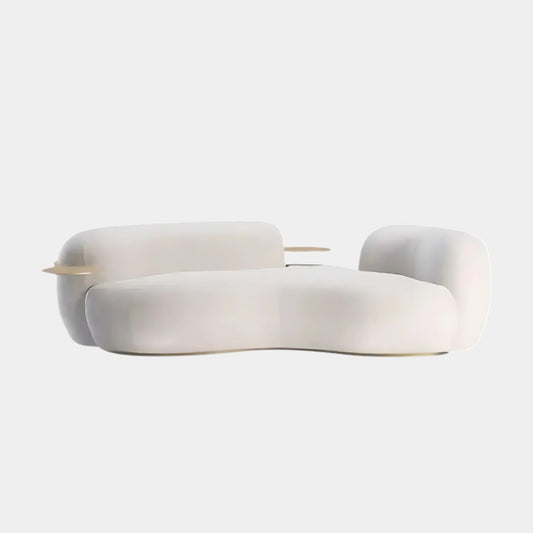Renovating your home is an exciting opportunity to revamp your living space, and choosing the perfect tiles plays a pivotal role in achieving your dream look. From bathrooms and kitchens to living rooms and patios, tiles are versatile, durable, and aesthetically pleasing. However, selecting the right tiles and installing them correctly can feel overwhelming. This comprehensive guide will walk you through everything you need to know to choose and install the perfect tiles for your renovation.
Why Tiles are a Popular Choice for Renovation
Tiles have become a go-to option for home renovations due to their durability, versatility, and aesthetic appeal. They are available in various materials, designs, sizes, and finishes, making them suitable for any room in your home.
Step 1: Understanding Different Types of Tiles
Before choosing tiles, knowing the different types available and their ideal applications is essential.
1. Ceramic Tiles
Ceramic tiles are affordable, lightweight, and versatile, making them popular for walls and low-traffic areas. They come in various designs and colors, adding a decorative touch to your space.
2. Porcelain Tiles
Compared to ceramic tiles, porcelain tiles are denser and more resilient. They are water-resistant, and ideal for bathrooms, kitchens, and outdoor areas.
3. Natural Stone Tiles
Stone tiles like marble, granite, and travertine offer a luxurious, timeless look. They are perfect for high-end designs but require sealing to prevent stains and damage.
4. Glass Tiles
Glass tiles are stylish and reflective, creating a spacious and modern feel. They are commonly used for backsplashes and accent walls.
5. Vinyl Tiles
Vinyl tiles are budget-friendly and easy to install. They mimic the appearance of wood, stone, or ceramic and are great for DIY renovations.
Step 2: Choosing the Right Tiles for Each Space
Different tile types are needed in different parts of your house. Here’s a breakdown to help you decide:
1. Bathrooms
-
Use porcelain or ceramic tiles for their water resistance.
-
Opt for textured tiles to prevent slips.
-
Mosaic tiles can add a decorative touch to shower areas.
2. Kitchens
-
Use durable, stain-resistant tiles for floors and backsplashes.
-
Glass tiles work well as backsplashes due to their easy cleaning.
3. Living Rooms
-
Large-format tiles create a seamless look in spacious living rooms.
-
Natural stone tiles or wood-look porcelain tiles can add a touch of elegance.
4. Outdoor Areas
-
Choose non-slip porcelain or stone tiles for patios and pathways.
-
Ensure the tiles are frost and UV-resistant for durability.
Step 3: Selecting the Right Tile Size and Finish
The size and finish of your tiles can significantly impact the overall look of your space.
1. Tile Size
-
Large-format tiles make small spaces appear bigger by reducing grout lines.
-
Small tiles, like mosaics, are perfect for intricate designs or small areas like shower floors.
2. Tile Finish
-
Matte Finish: Ideal for floors due to their non-slip properties.
-
Glossy Finish: Perfect for walls and backsplashes, adding a reflective, modern look.
-
Textured Finish: Adds character and is great for rustic or outdoor designs.
Step 4: Preparing for Tile Installation
For tile installation to be successful, preparation is essential.
1. Gather Your Materials
You’ll need tiles, adhesive, grout, spacers, a notched trowel, a tile cutter, and a level.
2. Prepare the Surface
Ensure the surface is clean, dry, and level. Use a primer if necessary to improve adhesive bonding.
3. Plan the Layout
-
Dry-lay the tiles to visualize the layout and minimize tile cuts.
-
Mark the center point of the area for symmetrical placement.
Step 5: Installing the Tiles
For a tile installation that looks professional, follow these steps:
1. Apply Adhesive
-
Use a notched trowel to spread adhesive evenly over a small area.
-
To keep the adhesive from drying out, work in parts.
2. Place the Tiles
-
Place the tiles firmly into the adhesive, starting from the center and working outward.
-
Use spacers to maintain uniform grout lines.
3. Cut Tiles as Needed
-
Use a tile cutter or wet saw for precise cuts around edges and corners.
-
Wear safety goggles and gloves for protection.
4. Allow to Set
-
Let the adhesive cure for 24-48 hours before grouting.
Step 6: Grouting and Finishing
Grouting fills the gaps between tiles, ensuring a polished and durable finish.
1. Mix the Grout
As directed by the manufacturer, prepare the grout.
2. Apply Grout
-
Use a rubber grout float to apply grout diagonally across the tiles.
-
Fill all gaps and remove excess grout immediately.
3. Clean the Tiles
-
To get rid of grout haze, use a moist sponge to wipe the tiles.
-
Buff the tiles with a dry cloth once the grout has dried.
4. Seal the Tiles
-
For porous tiles like natural stone, apply a sealant to prevent stains.
Step 7: Maintenance Tips for Longevity
Proper maintenance ensures your tiles stay beautiful for years to come:
-
Use water and a light detergent to clean tiles on a regular basis.
-
Avoid using abrasive cleaners on glossy or delicate tiles.
-
Re-seal porous tiles every 6-12 months.
-
Inspect grout lines for cracks and repair them promptly.
Conclusion
Choosing and installing the perfect tiles for your renovation can significantly enhance the aesthetics and functionality of your space. By understanding different tile types, selecting the right size and finish, and following a systematic installation process, you can achieve a professional-quality result.
From sleek porcelain tiles in the bathroom to vibrant mosaic backsplashes in the kitchen, the right tiles can transform any room in your home. With proper care and maintenance, your tiles will remain a durable and stylish feature for years to come.
Start your renovation journey today and let your tiles become the foundation of your dream home.












